The Easy Way to Protect the Thyroid and Boost Energy!
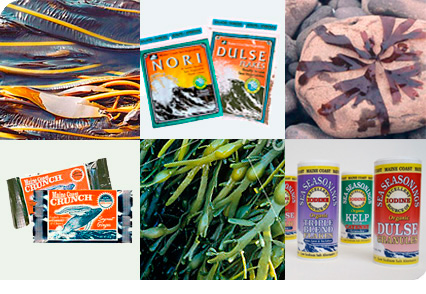
The way? It’s found in sea vegetables. Now maybe when you think of sea vegetables, you just think of sushi. And maybe they seem exotic, strange, or just for those wacko “health nuts?” I know a lot of folks that take this view. We gotta change that. (Keep reading—you’ll be glad you did.)
I’ve talked about them before, but I want to talk about them again because they really deserve more attention. Why? Three reasons:
They are the quickest, easiest way to add a whopping load of vitamins and minerals to your diet.
They are extremely easy to add to your diet.
They take up little space, are easy to store, and can store indefinitely.
Before looking at 3 good recipes that demonstrate just how easy it is to add these veggies to the diet, let’s look at the health factor—that whopping load of vitamins and minerals mentioned.
The folks at Sea Vegetables Info (https://www.seavegetablesinfo.com) explain kelp and dulse:
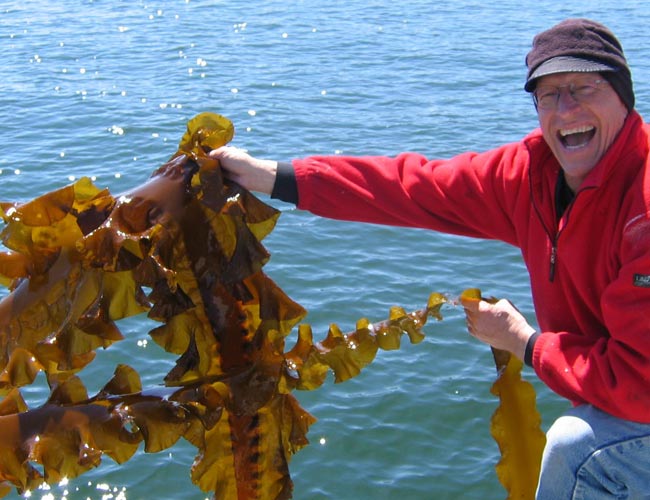
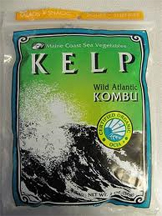
Kelp: Kelp contains at least 25 vitamins including B-1, B-2, B-6, B-12, A, D, folic acid and carotenoids and is high in many minerals as well including magnesium, potassium, iron, calcium, iodine and sulfur. Kelp also contains sodium alginate, which helps to expel heavy metals from the body. It’s high in glutamic acid, an amino acid that helps tenderize high protein foods and naturally enhances the flavor of the dish. When cooking a pot of beans on the stove, kelp can be added to help tenderize the beans and enhance digestion.
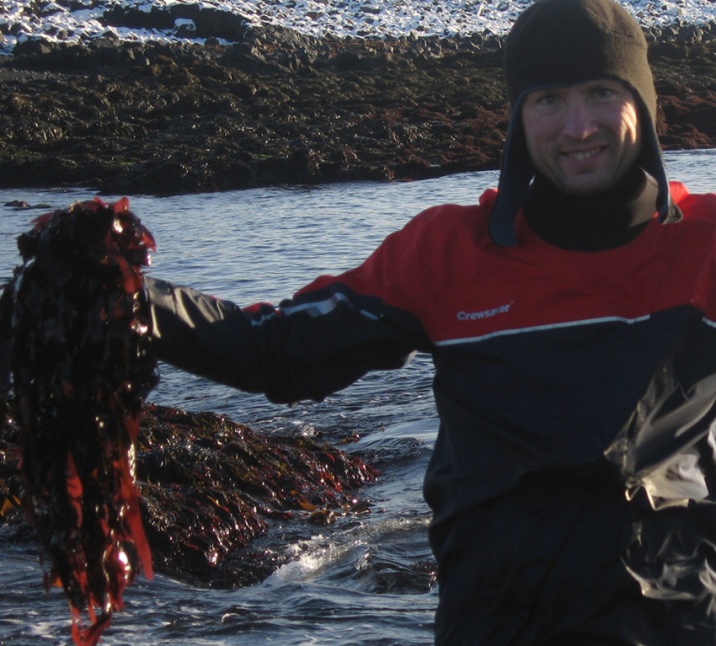
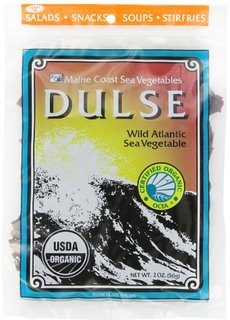
Dulse: Dulse is an edible red alga with a mild, salty flavor. It grows along the shorelines of the northern Atlantic Ocean. It has been harvested as a food source for thousands of years by inhabitants of Northern Ireland, Iceland, and parts of Canada. It’s high in vitamins A, C, E, B-6 and B-12, minerals including iron, calcium, iodine, potassium, fluoride, and magnesium, as well as protein and fiber. Unlike other seaweeds, however, dulse is relatively low in sodium.
It’s somewhat chewy upon rehydration and is used in soups, stir-fries, and salads. It can be toasted or fried to make crispy chips for a salty snack or ground into powder and used as a food garnish. It can also be added to baked goods such as breads or muffins.
And both kelp and dulse provide over 30% of your recommended daily allowance for iron. Ad the really BIG deal? Many of the trace elements and minerals found in seaweed vegetables are in a chelated form, meaning they are bioavailable. In this form, the body is better able to assimilate and utilize these minerals. Finally, seaweed vegetables are also very low in fat and high in fiber.
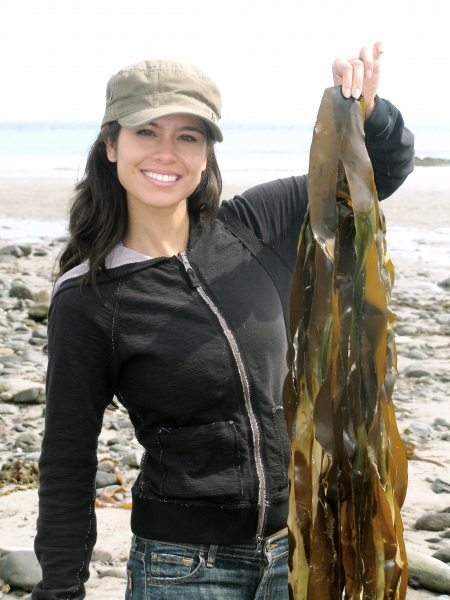
In a nutshell, the overall benefits of sea vegetables are amazing. Consider, for instance:
Well-being. They’re high in dietary fiber and very effective for the treatment of constipation. They’re also recommended as a remedy for parasites or worms.
Rich source of protection. Their high vitamin content (especially B6 and B12) help maintain a healthy brain and nervous system. Sea vegetables also improve night vision and help keep the bone marrow and white blood cells healthy.
Healthy thyroid function. Their rich iodine content helps the thyroid function properly.
Energy and vitality boost. Sea vegetables contain high amounts of chlorophyll which helps restore energy and vitality in the body.
Personal care. In powder form, sea vegetables can be mixed with water or oils and used as an exfoliating treatment to remove dead skin cells and impurities. Sea vegetables can be added to conditioners to help strengthen the hair and keep it soft and glossy. And many cosmetic manufacturers are creating full lines of skin and hair care using sea vegetables!
There is one caveat to using seaweed, however: Due to its high iodine, selenium, and sodium content, you don’t want to overdo it, and it should be avoided if you’re dealing with hyperthyroidism. But the sodium can be reduced by 50% to 70% by presoaking the seaweed for 30 minutes.
Now look at how easy it is to add these veggies to the diet. They are terrific in salads, soups, vegetable dishes, stir-fries, and simply eaten as a snack. I also add kelp to my morning smoothie. If you do this, though, watch out, because many varieties (including kelp) will expand in volume to about five times their dry volume when rehydrated. So this point is, a little goes a long ways!
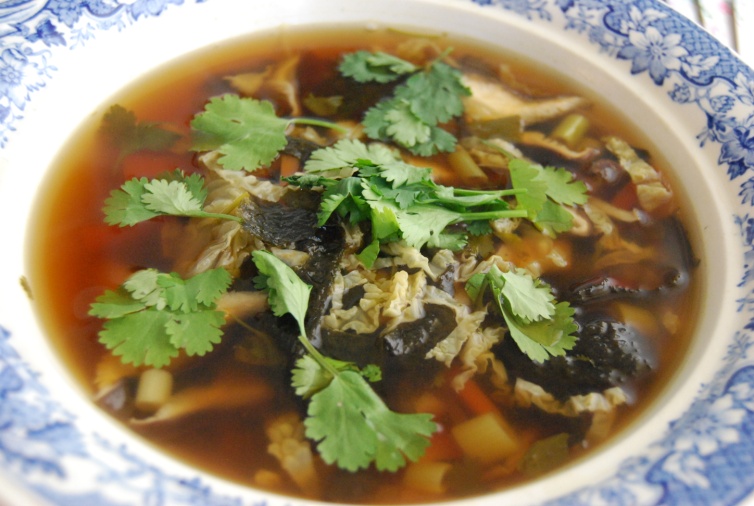
SEAWEED AND VEGETABLE SOUP
3 chopped onions
3 tablespoons olive oil
6 cubed potatoes
2 sliced carrots
2 sliced parsnips
1 cup fresh mixed greens
1 cup dried seaweed of your choice
12 cups water
Saute onions in oil until golden brown. Add remaining ingredients and cook until vegetables are done. Adjust seasonings; add sea salt to taste (but this is truly optional). Garnish with fresh parsley, if desired. Serve immediately.
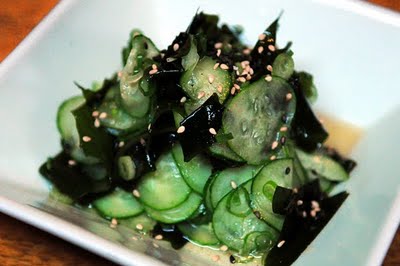
CUCUMBER AND WAKAME SALAD
1 small cucumber, sliced into thin rounds
2 ounces wakame seaweed (soaked and softened in water)
4 tablespoons rice vinegar
2 tablespoons sugar
½ teaspoon salt
Put sliced cucumbers in a bowl and sprinkle salt over it. Let stand for 20 minutes. Squeeze the cucumber slices to remove the liquid. Drain the rehydrated wakame and slice into 2-inch lengths. In a separate bowl, mix vinegar and sugar. Add cucumber and wakame in the bowl and mix well.
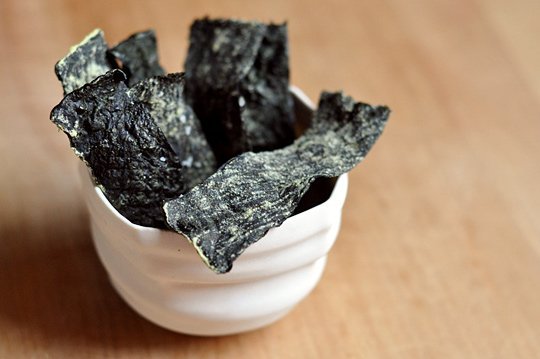
CRISPY NORI CHIPS
Nori sheets
Sea salt
Sesame oil
Heat a nonstick skillet over medium heat. Brush sesame oil on both sides of each nori sheet and sprinkle with salt. Quick-fry the nori, about 15 to 20 seconds on each side. Cut to bite-size pieces. This is a deliciously healthy snack.
- www.seaveg.com
- www.livescience.com
- www.amazon.com
- www.livingtreecommunity.com
- www.bestofjuicing.com
- www.veghotpot.wordpress.com
- www.blog.nativefoods.com
- www.thekitchn.com
 Alice Osborne
Alice Osborne
Weekly Newsletter Contributor since 2006
Email the author! alice@dvo.com
